The conventional approach to travel often involves meticulous itineraries, pre-booked tours, and carefully researched “must-see” attractions. Yet some destinations reveal their true character precisely when we abandon rigid planning in favor of spontaneity, curiosity, and the willingness to get pleasantly lost.
Here is a list of 20 towns where surrendering to serendipity rather than scheduling leads to more authentic, memorable experiences—places that actually improve the less you try to control your encounter with them.
Guanajuato, Mexico
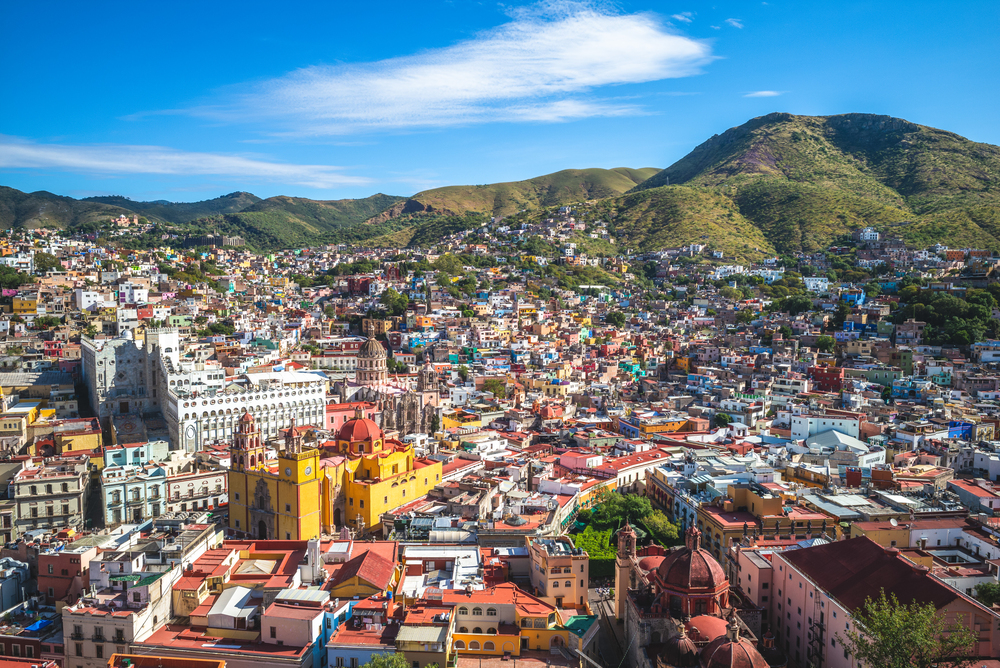
This UNESCO-listed colonial city defies conventional navigation with its network of underground tunnels and narrow callejones (alleyways) that wind unpredictably up hillsides. Maps prove nearly useless in the labyrinthine historic center, where streets frequently dead-end or transform into staircases without warning.
The most memorable experiences come from following the sounds of impromptu mariachi performances, discovering hidden plazas that are absent from guidebooks, and allowing the colorful architecture to pull you through a three-dimensional maze where becoming temporarily disoriented is part of the charm.
Fez, Morocco
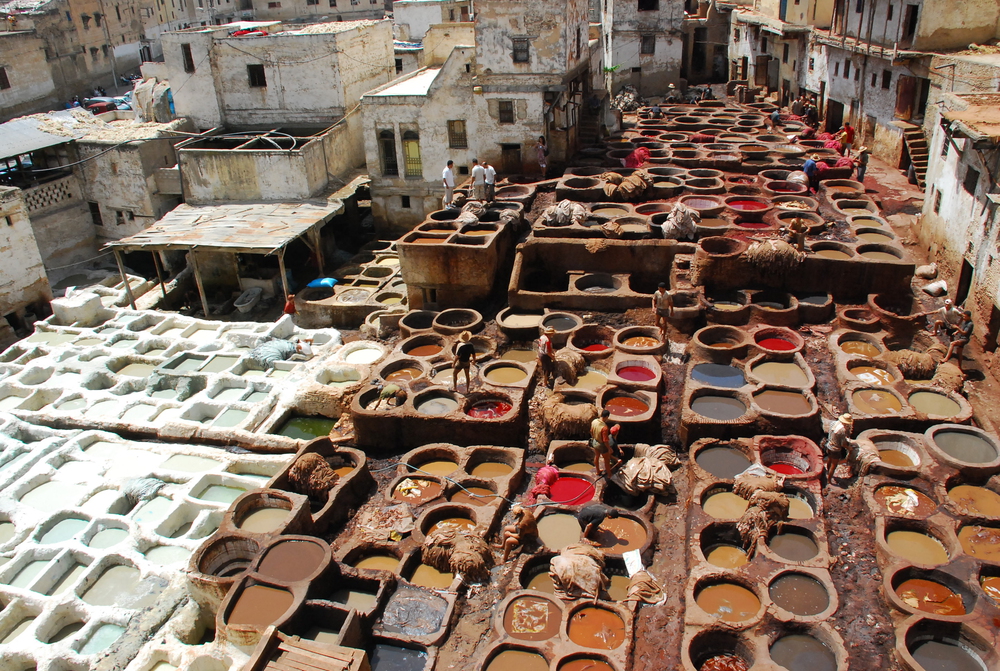
The millennium-old medina contains over 9,000 lanes and alleys in less than a square mile, creating perhaps the world’s most gloriously disorienting pedestrian environment. Professional guides offer linear routes that hit predetermined shops and landmarks, but the medina’s magic emerges when you abandon prescribed paths and surrender to its flow.
Random turns lead to artisan workshops where generations have practiced traditional crafts, unexpected courtyards where locals gather for mint tea, and rooftop perspectives that reveal the hidden logic of what seems chaotic at street level.
Like Travel Pug’s content? Follow us on MSN.
Varanasi, India

India’s spiritual capital along the Ganges River operates according to rhythms that resist scheduling. The ghats (riverside steps) transform constantly with the daily cycle of rituals, while the ancient city’s narrow lanes create a deliberate barrier between modern time-consciousness and older, cyclical patterns.
Rather than following predetermined routes, the most profound experiences come from allowing yourself to be pulled toward the sounds of temple bells or morning ragas, sitting beside sadhus who materialize at unexpected moments, and witnessing ceremonies that cannot be accurately timetabled in advance.
Venice, Italy
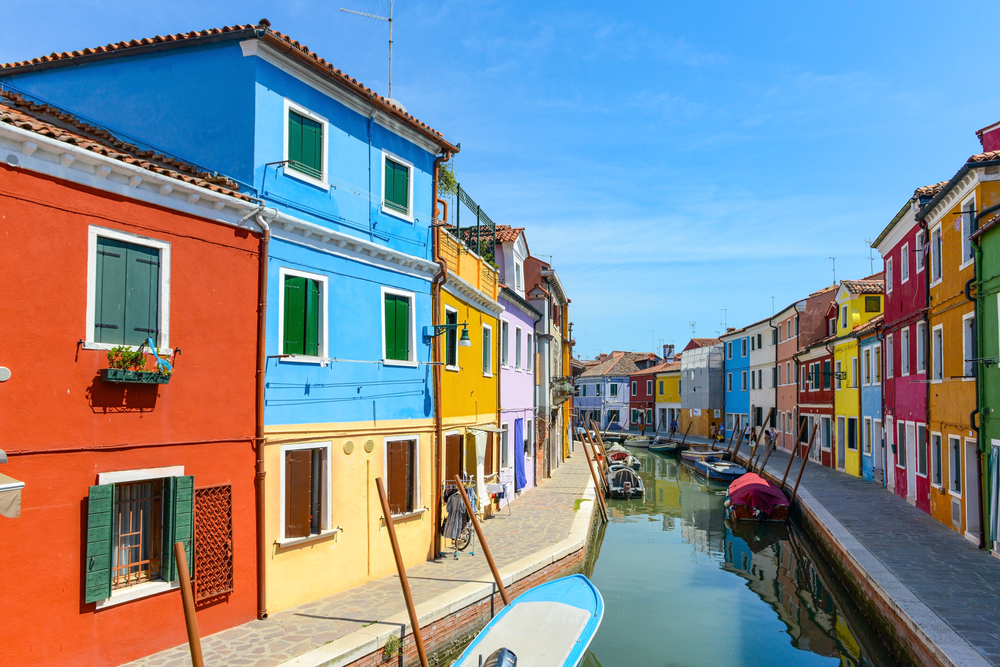
Despite its overwhelming popularity, the floating city still rewards those who abandon the standard routes between major landmarks. The conventional path from Rialto to San Marco becomes transformed when you deliberately take wrong turns into residential neighborhoods where laundry flutters above quiet canals and local bars serve cicchetti (Venetian tapas) to regulars rather than tourists.
The city’s unusual navigation system, based on directional signs to significant landmarks rather than street names, encourages pleasant disorientation where each mistaken turn potentially leads to undiscovered campi (squares) and neighborhood churches with overlooked artistic masterpieces.
Kyoto, Japan
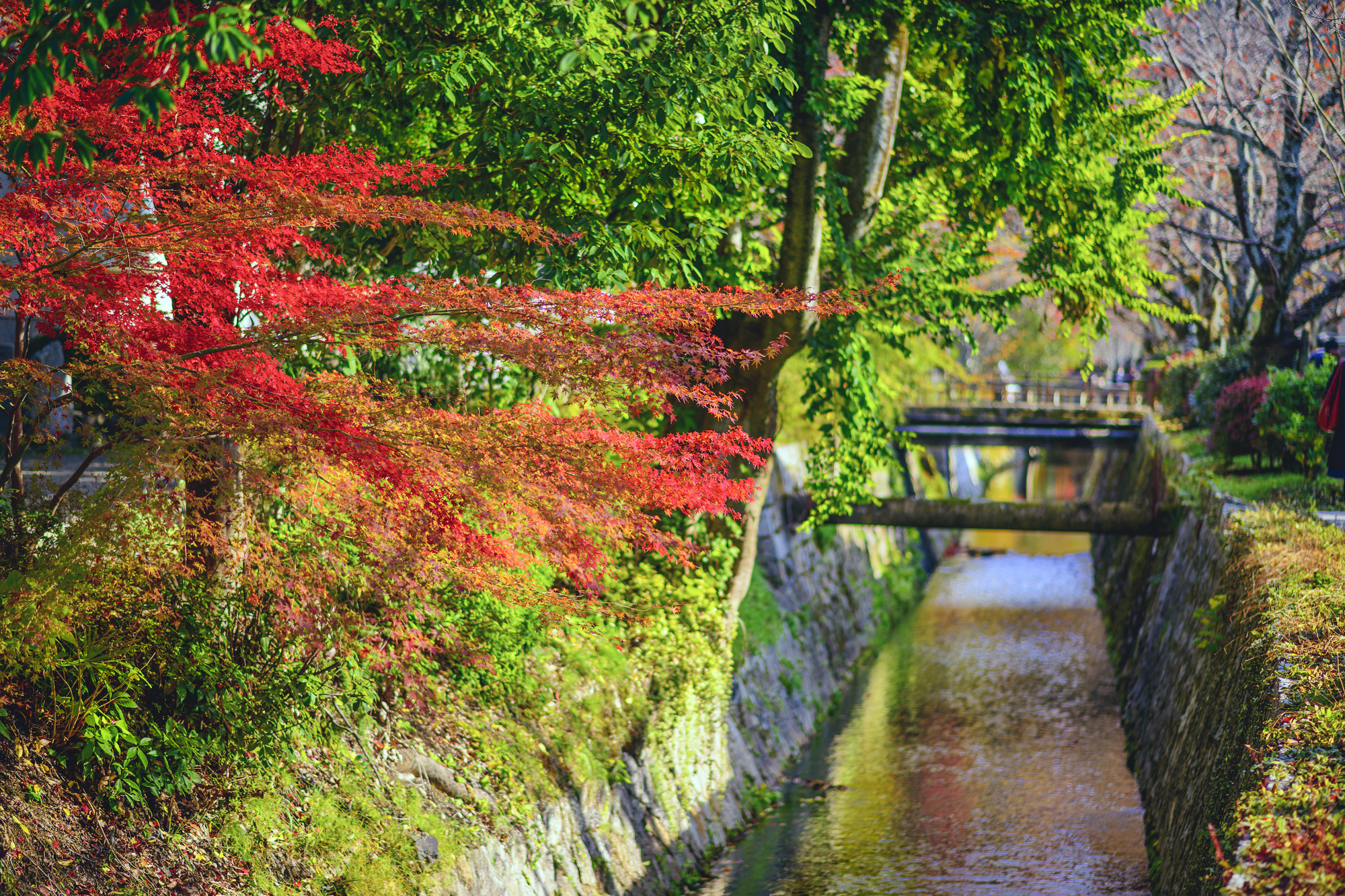
The former imperial capital contains over 1,600 Buddhist temples and 400 Shinto shrines, making comprehensive planning mathematically impossible. While most visitors concentrate on a handful of famous sites with their accompanying crowds, the city reveals its contemplative character when you follow unmarked paths between bamboo-lined walls, discover neighborhood temples absent from top-ten lists, and allow yourself to be drawn toward the sound of temple bells.
The intentional structure of Japanese gardens and temple grounds creates contemplative experiences that are diminished by rigidly timed visits.
Like Travel Pug’s content? Follow us on MSN.
Porto, Portugal

The ancient core of Portugal’s second city comprises a UNESCO-listed maze built on impossible gradients where streets frequently transform into staircases without warning. Conventional maps struggle to represent the three-dimensional complexity where bridges cross at mid-level and tunnels create unexpected passages through solid-seeming blocks.
The most memorable experiences emerge from following the aroma of port wine aging in riverside cellars, discovering family-run tascas (taverns) in unmarked basements, and allowing the city’s dramatic topography to guide your exploration rather than predetermined routes between designated tourist spots.
Essaouira, Morocco
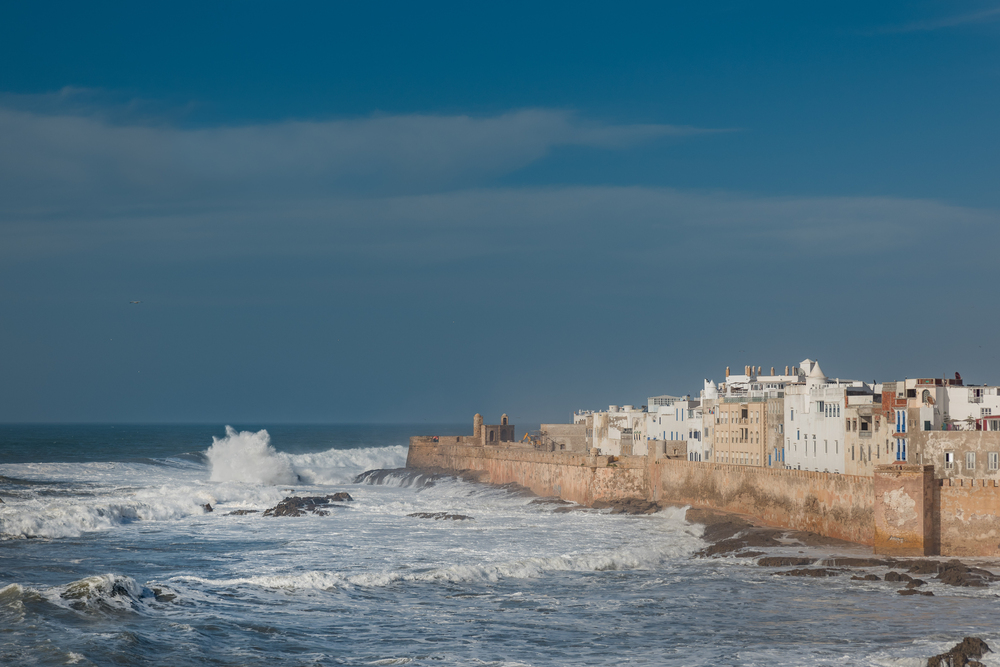
This fortified Atlantic coastal town features a medina with uncharacteristically straight streets for Morocco, yet somehow manages to disorient visitors through its play of light, wind, and atmospheric conditions that transform hourly. The most authentic experiences come from abandoning fixed schedules to follow the rhythms of fishing boats returning to harbor, discovering craftsmen working with local thuya wood in unmarked workshops, and allowing the constant Atlantic winds to literally push you toward unexpected corners.
The town’s unusual mixture of Moroccan, Portuguese, and French influences creates cultural layers that reveal themselves gradually rather than through planned sequential visits.
New Orleans, USA

The Big Easy earned its nickname partly through its resistance to rigid planning and punctuality. The city operates on its unhurried timeline, where music performances start when the mood feels right rather than at advertised times, and impromptu second-line parades can appear without warning.
The most memorable experiences come from following the sound of jazz drifting from unmarked clubs, discovering cocktail innovations in neighborhood bars outside the French Quarter, and allowing conversations with locals to stretch into hours rather than adhering to predetermined schedules between tourist attractions.
Like Travel Pug’s content? Follow us on MSN.
Arles, France
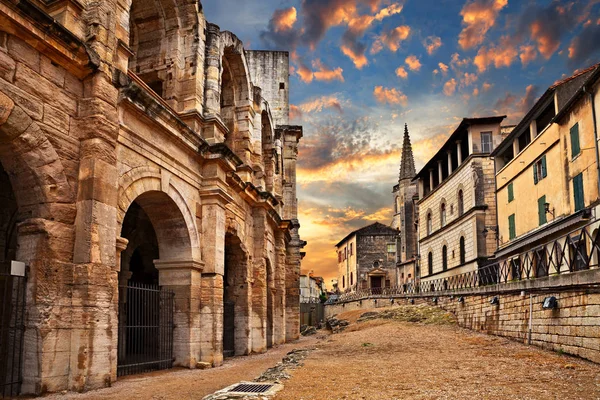
This Provençal town, where Vincent van Gogh produced his most famous works, resists conventional sightseeing through its circular layout and atmospheric qualities that change dramatically with the region’s distinctive light. The most rewarding experiences emerge from wandering the curved streets without fixed destinations, discovering Roman ruins incorporated into medieval buildings, and allowing the quality of light that inspired van Gogh to guide your exploration rather than a checklist of sites.
The numerous small squares with their café terraces invite lingering without a specific purpose, creating the mental space for noticing architectural details and social patterns invisible to those following rigid itineraries.
Chefchaouen, Morocco
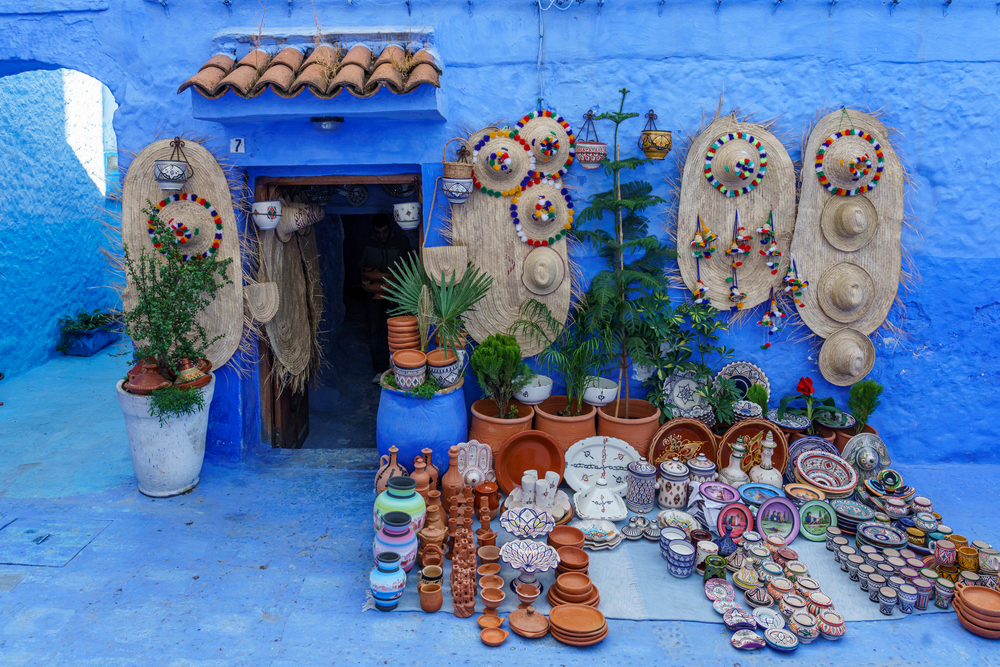
The famous blue-washed mountain town in northern Morocco creates a three-dimensional maze where conventional mapping fails to capture the vertical complexity of its medina. The most authentic experiences come from ascending random staircases that lead to rooftop perspectives, following the sound of water from mountain springs that feed public fountains, and allowing the gradations of blue to pull you through neighborhoods where the intensity shifts with the changing light.
The town’s unusual history as a refuge for diverse religious groups has created architectural surprises that reveal themselves only through unplanned exploration.
Onomichi, Japan
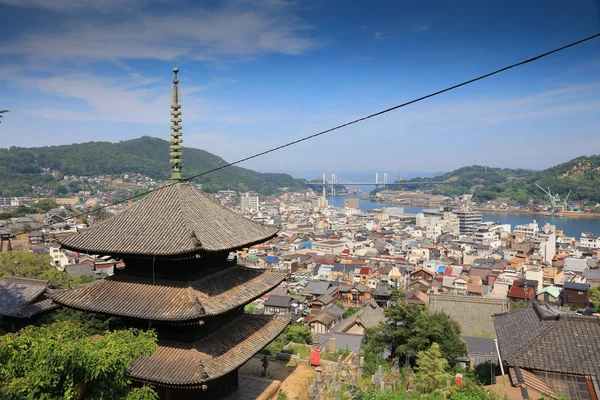
This port town stretched along a narrow strip between mountains, and the Inland Sea contains a network of hillside temples connected by paths that appear and disappear among residential areas. The most meaningful experiences emerge from following the flow of pilgrims between the town’s 25 temples, discovering small family-owned shops producing handmade items for generations, and allowing the town’s numerous cats to lead you to overlooked viewpoints literally.
The steep topography creates a three-dimensional environment where conventional maps fail to represent the shortcuts, staircases, and tunnels that locals use to navigate their vertical community.
Like Travel Pug’s content? Follow us on MSN.
San Cristóbal de las Casas, Mexico

This highland colonial town in Chiapas reveals its complex cultural layers when visitors abandon predetermined routes. The most memorable encounters happen when following the scent of copal incense from indigenous ceremonies, discovering textile collectives in unmarked courtyards, and allowing the town’s distinct barrios, each with its church and character, to reveal themselves through unhurried wandering.
The unusual mixture of Spanish colonial and indigenous Maya influences creates unexpected juxtapositions that cannot be fully appreciated through linear, scheduled visits to designated attractions.
Tbilisi, Georgia
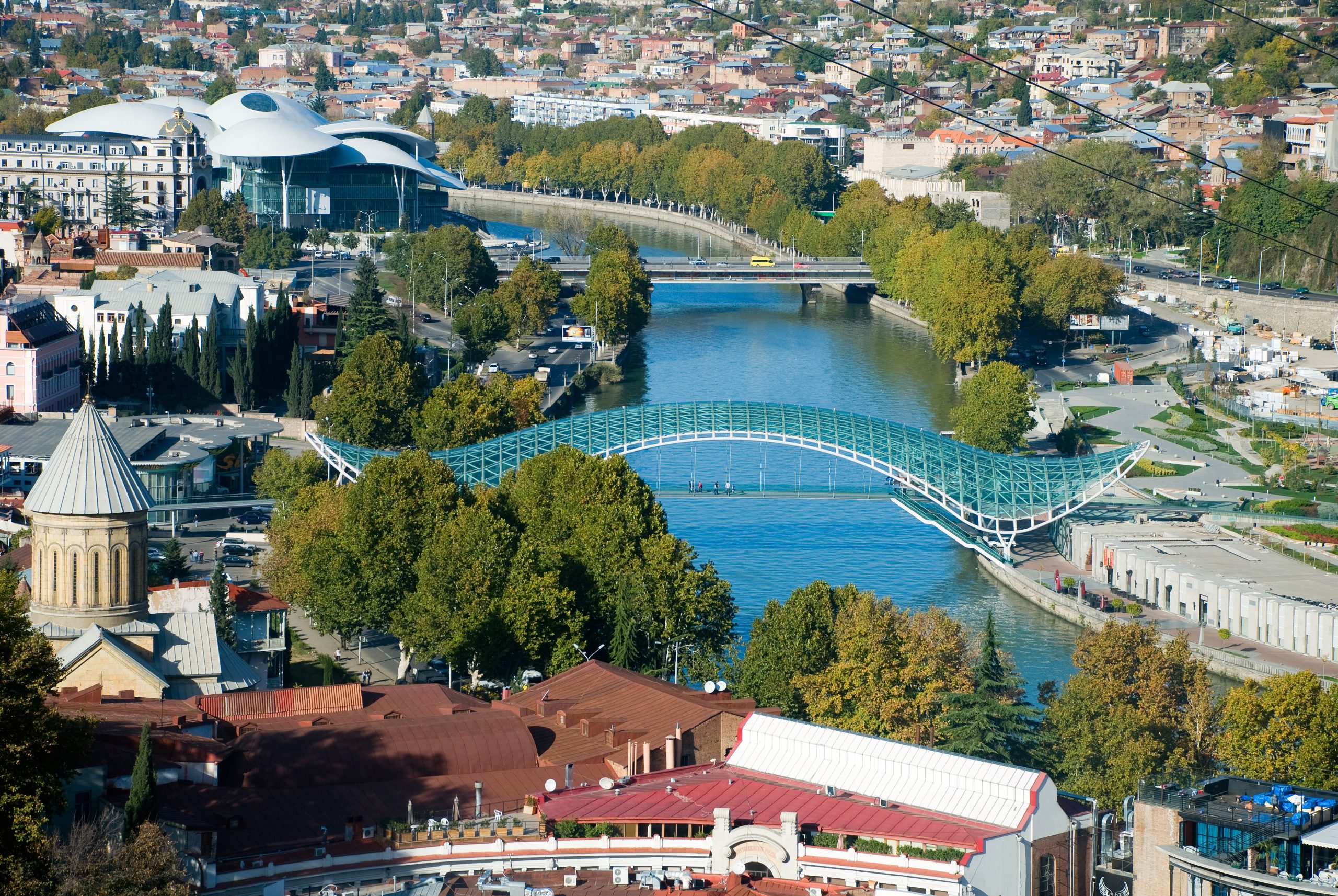
The Georgian capital’s Old Town defies conventional navigation with its tangled lanes that follow ancient pathways rather than planned grids. The most authentic experiences emerge from following the aroma of fresh bread from basement bakeries, discovering sulfur bathhouses hidden below street level, and allowing the city’s dramatic topography to guide exploration as you ascend wooden balconied houses stacked impressionistically on hillsides.
The city’s unusual location at the crossroads of Europe and Asia has created architectural and cultural fusions that reveal themselves layer by layer rather than through sequential visits to designated landmarks.
Lijiang, China
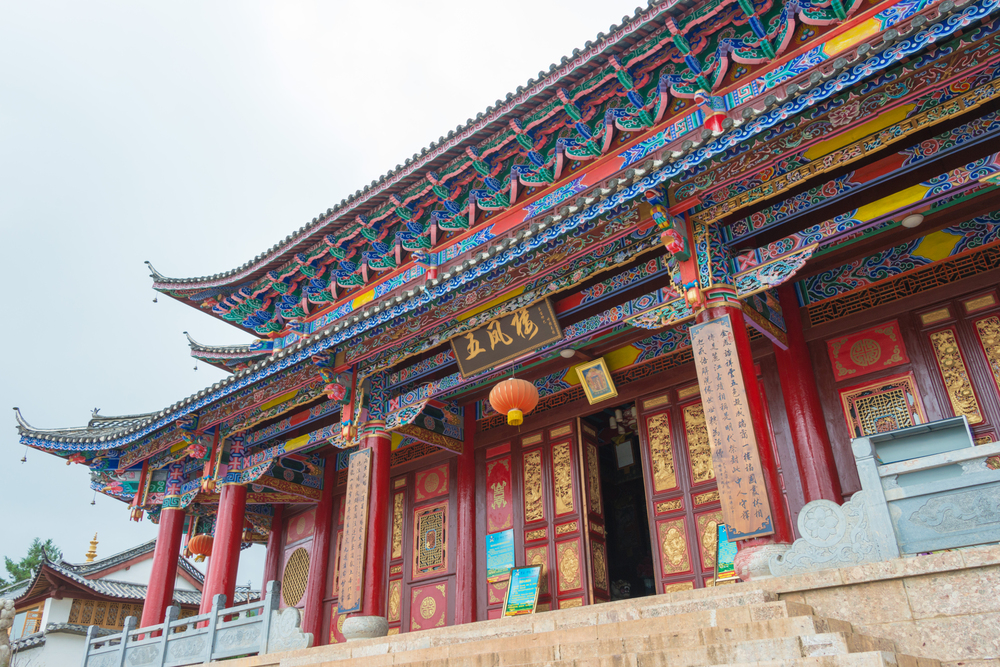
The UNESCO-listed old town contains a deliberate maze of waterways and stone bridges designed according to principles that reveal themselves through immersion rather than planning. The most satisfying discoveries happen when following the sound of Naxi traditional music from courtyards, finding tea houses tucked away in wooden structures absent from guidebooks, and allowing the network of canals to guide movement through neighborhoods where water wheels have functioned for centuries.
The town’s unusual system of water distribution creates a soundscape of flowing streams that naturally pulls visitors away from crowded main routes into quieter residential areas.
Like Travel Pug’s content? Follow us on MSN.
Stone Town, Zanzibar
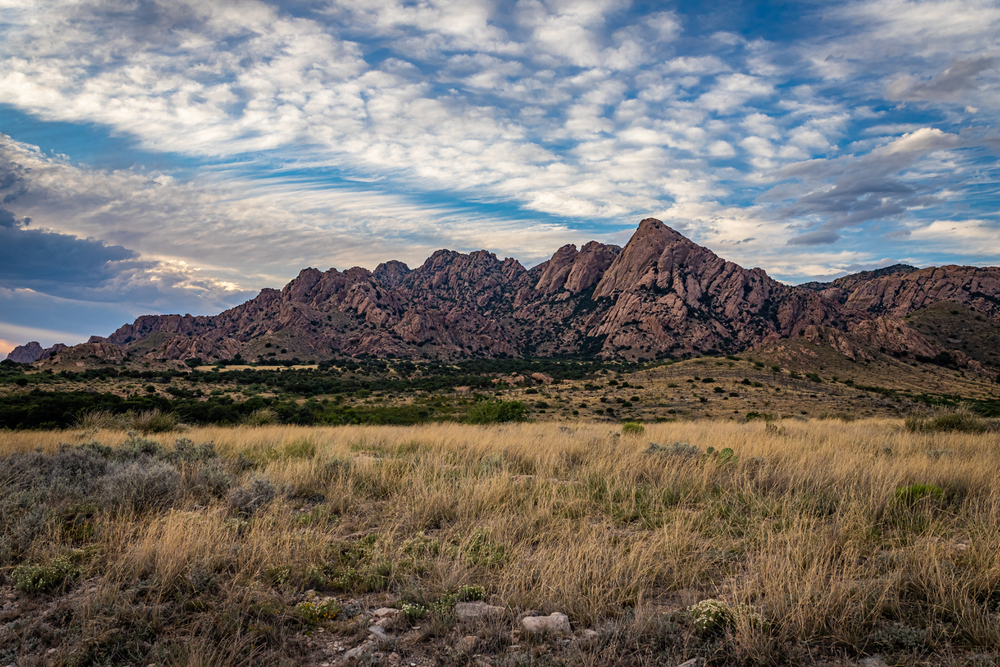
The historic core of Zanzibar City presents an intricate warren of narrow alleys where elaborately carved doors provide the only exterior clue to what lies behind high walls. The most surprising encounters occur when following the aroma of spices from unmarked shops, discovering hidden rooftop teahouses accessible through unmarked staircases, and allowing the sea breeze to guide exploration through neighborhoods where Swahili, Arab, Indian, and European influences create unexpected architectural combinations.
The town’s unusual history as a trading crossroads has produced cultural layers that cannot be fully appreciated through predetermined sequential visits.
Valparaíso, Chile

This Pacific port city sprawls across 42 hills, creating a three-dimensional urban environment where conventional maps fail to capture the vertical complexity. The most authentic experiences emerge from riding the historic funiculars to neighborhoods absent from standard itineraries, discovering vibrant street art in residential areas far from the tourist center, and allowing the ever-changing views of the bay to pull you through hillside communities connected by staircases and hidden passages.
The city’s unusual development pattern with distinct hilltop neighborhoods has created an environment that can only be understood through immersive, unstructured exploration.
Chiang Mai, Thailand
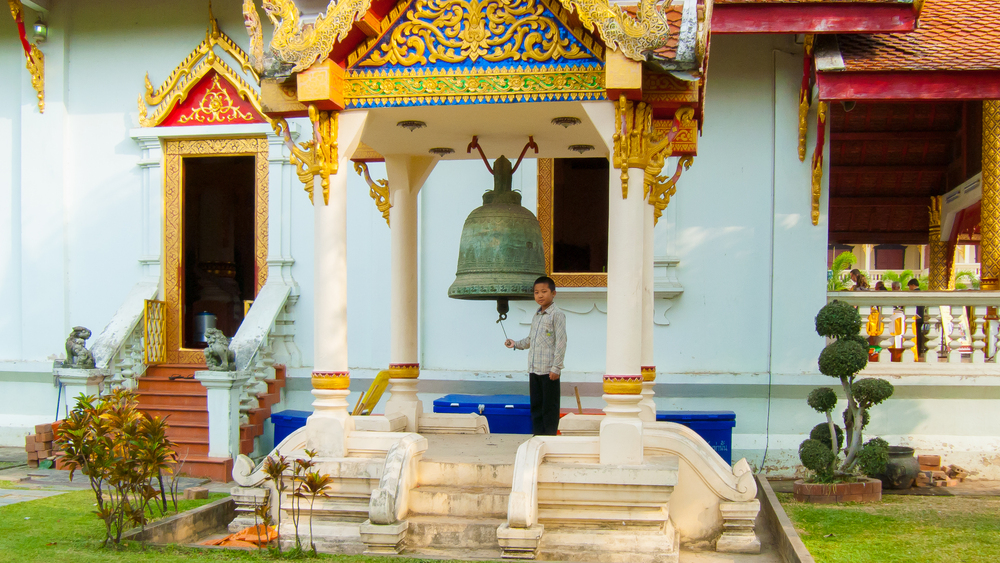
The old city’s moat-surrounded square contains a deceptively complex network of sois (lanes) and temple grounds that create a pedestrian environment resistant to linear planning. The most meaningful encounters happen when following the sound of monks chanting from lesser-known temples, discovering family workshops producing traditional crafts behind unmarked doors, and allowing the rhythm of daily alms-giving to structure mornings rather than predetermined timetables.
The city’s unusual concentration of temples creates sacred spaces specifically designed for contemplative wandering rather than efficient sightseeing.
Like Travel Pug’s content? Follow us on MSN.
Tulum, Mexico
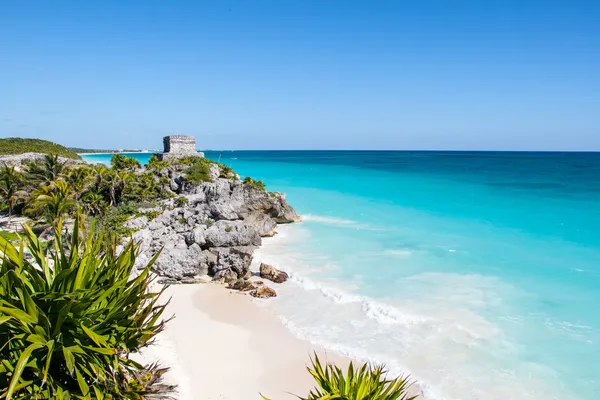
Beyond its famous beachfront zone, this Yucatán town reveals its authentic character through unplanned exploration of the pueblo area where most locals live. The most surprising discoveries occur when following hand-painted signs to cenotes absent from major guidebooks, finding family restaurants serving regional specialties in unmarked buildings, and allowing conversations with residents to direct you toward community events rather than relying on official tourist calendars.
The town’s unusual geography, with its mix of beach, jungle, and underground river systems, creates environments that reward spontaneous exploration over rigid scheduling.
Tangier, Morocco
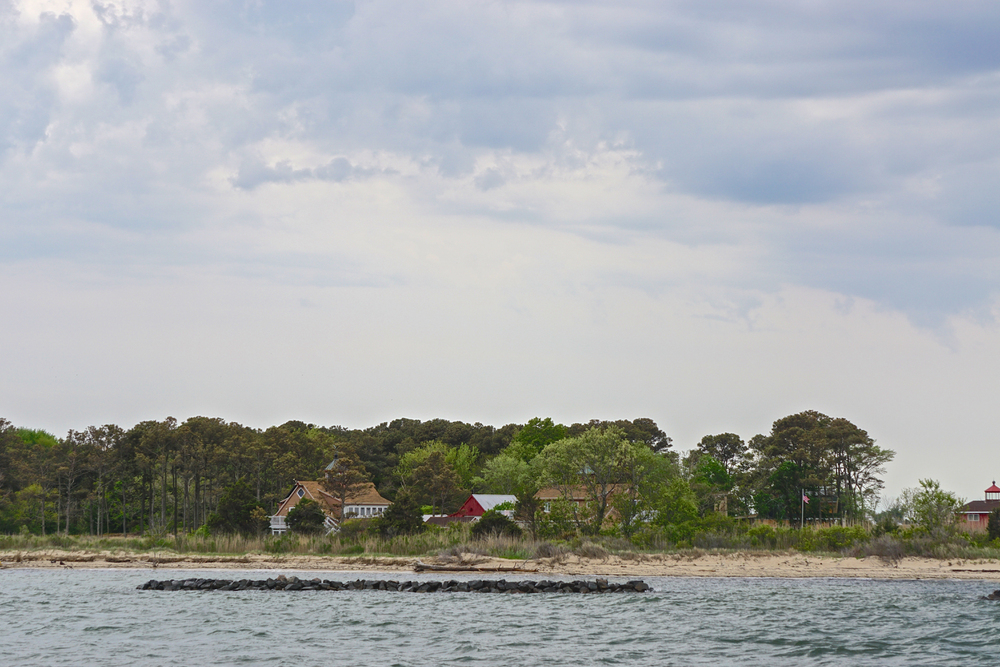
This North African port city at the gateway between the Mediterranean and Atlantic resists linear narrative through its complex history as an international zone where cultural influences from multiple continents converge. The most intriguing experiences emerge from following the rhythm of calls to prayer that structure the day differently than Western scheduling, discovering literary cafés where international writers gathered for decades, and allowing the changing qualities of light between its two seas to guide exploration rather than predetermined routes between designated landmarks.
The city’s unusual administrative history created neighborhoods with distinct characters that reveal themselves only through unstructured wandering.
Hoi An, Vietnam
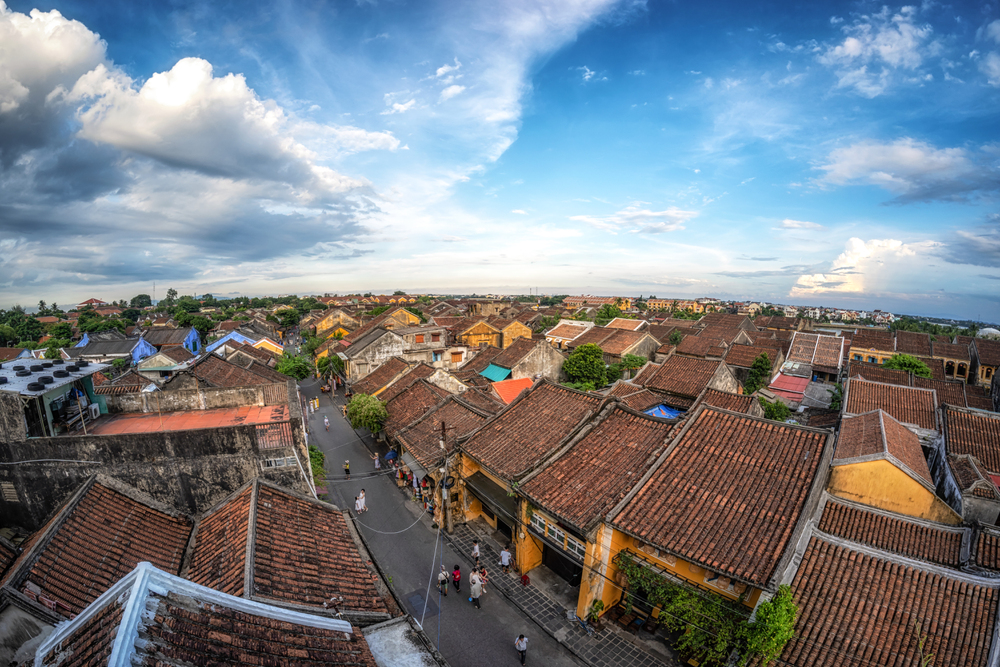
The UNESCO-listed ancient town transforms dramatically between day and night, with lantern-lit evenings creating an entirely different atmosphere from daylight hours. The most authentic encounters happen when exploring the edges where the tourist core blends into still-active residential neighborhoods, discovering family workshops maintaining traditional crafts for generations, and allowing the changing tides of the Thu Bon River to structure your day rather than rigid schedules.
The town’s unusual preservation from wartime destruction has created a living museum where local life continues behind tourist facades, revealing itself primarily to those who linger without specific agendas.
Like Travel Pug’s content? Follow us on MSN.
The Reward of Surrender
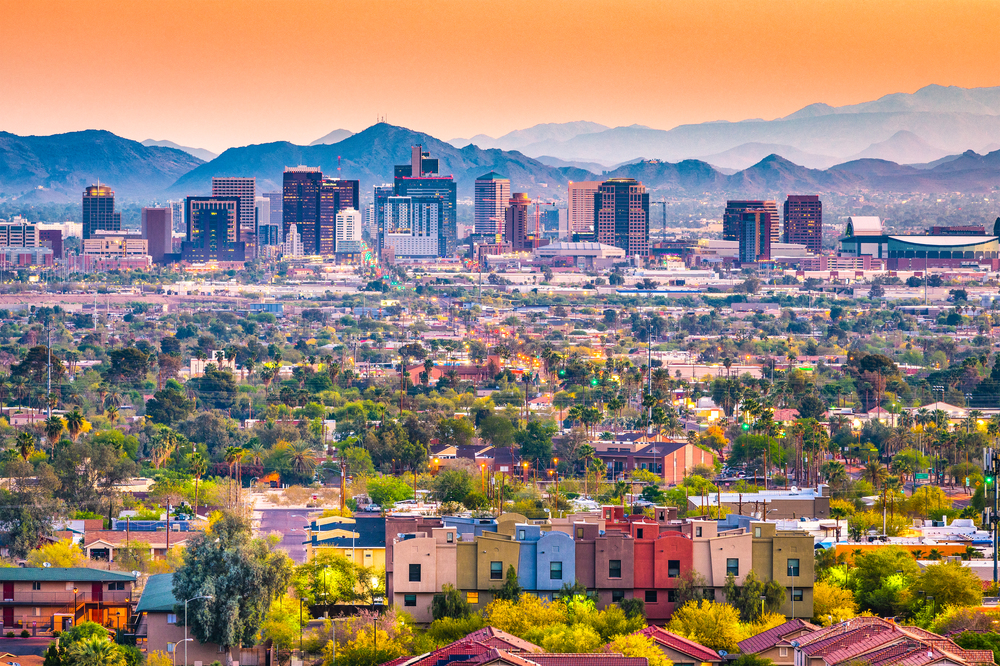
These towns demonstrate that sometimes the most meaningful travel experiences come precisely when we abandon the impulse to maximize efficiency and control outcomes. Their complex urban fabrics—whether medieval medinas, hillside villages, or artistic enclaves—function as physical reminders that genuine discovery requires surrendering certainty.
While contemporary travel culture often emphasizes comprehensive preparation, these places offer a counterpoint: environments specifically designed to reward the traveler willing to get temporarily lost, follow sensory impressions rather than maps, and allow the destination itself to determine the experience rather than imposing predetermined expectations upon it.
More from Travel Pug

- Cities Growing so Fast You Won’t Recognize Them in 10 Years
- 13 Destinations Where Tourists Regularly Regret Their Trip
- 16 U.S. Cities That Are Quietly Becoming Travel Hotspots
- Where to Travel If You Love Long Bus Rides and Daydreams
- 20 Cities Perfect for Solo Travelers Who Crave Adventure & Culture
Like Travel Pug’s content? Follow us on MSN.
